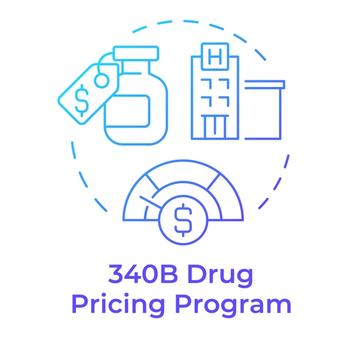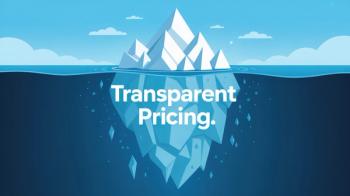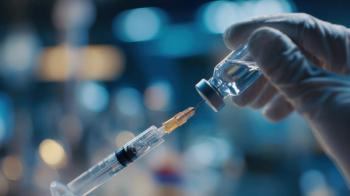
Study: Medicare Part B Reimbursement Hinders Biosimilar Uptake
A reimbursement policy similar to that used for branded and generic drugs would have saved $1.6 billion from 2015 to 2019.
The uptake of biosimilars was minimal and the price reductions were limited for biosimilars reimbursed by Medicare Part B, according a new study
Investigators in this study suggested that aligning the Medicare reimbursement structure for biologics and biosimilars with the existing reimbursement structure for brand-name and generic drugs would be associated with the uptake of biosimilars and price competition. In fact, they estimated that a total of $1.6 billion in savings could have achieved from 2015 to 2019, with $1.3 billion accruing to the Medicare Part B program.
“The reductions in payments made by Medigap plans would eventually reach beneficiaries through lower premiums. Beneficiaries would also likely see lower Medicare Part B premiums,” investigators wrote.
Spending for biologics has grown much more rapidly than spending for non-biologics over the past 10 years. In Medicare Part B, spending on biologics
Payment for Part B drugs is based on the average sales price (ASP) plus 6% for drugs provided in the hospital outpatient department, unless the hospital participates in the 340 Drug Pricing Program. The ASP formulas are separated into three categories: single-source drugs or biologics, multiple source drugs, and biosimilars. Generics and multiple-source small molecule drugs share an ASP-based payment rate. But each single-source drug has its own ASP based rate. Biosimilars are not grouped with the reference for Medicare Part B payment. CMS ruled in 2017 that each biosimilar would have its own unique code for billing.
Investigators in the JAMA Network Open study aimed to characterize the nature of price competition among brand-name and generic drugs under Medicare Part B and to estimate the cost savings to the program of subjecting biologic and biosimilar therapies to a similar price competition.
Investigators analyzed brand-name drugs and their approved generic versions, as well as biologics and biosimilars, that were reimbursed under Medicare Part B from first quarter 2005 to the second quarter of 2021. Two separate data sets were created: brand-name and generic drugs as well as biologics and biosimilars data sets. Brand-name products with generic versions that were introduced before 2005 were excluded, and so were vaccines.
Investigators identified 50 unique codes that met the inclusion criteria for the brand-name and generic drug data set and 28 (2.8%) that met the criteria for the biologic and biosimilar data set. Among the brand/generic cohort, the first generic competitor was associated with reduced drug prices by 17.0%, the second competitor with a 39.5% decrease, the third competitor with a 52.5% decrease, and the fourth and more competitors with a 70.2% decrease.
Investigators determined that if biologics and biosimilars were subject to the same Medicare reimbursement framework as brand-name and generic drugs, Medicare spending on these products was estimated to have been 26.6% lower ($1.6 billion) from 2015 to 2019.
Newsletter
Get the latest industry news, event updates, and more from Managed healthcare Executive.




